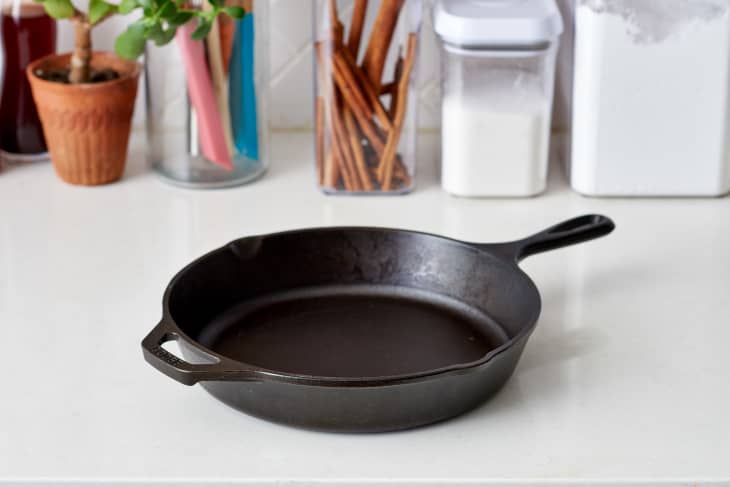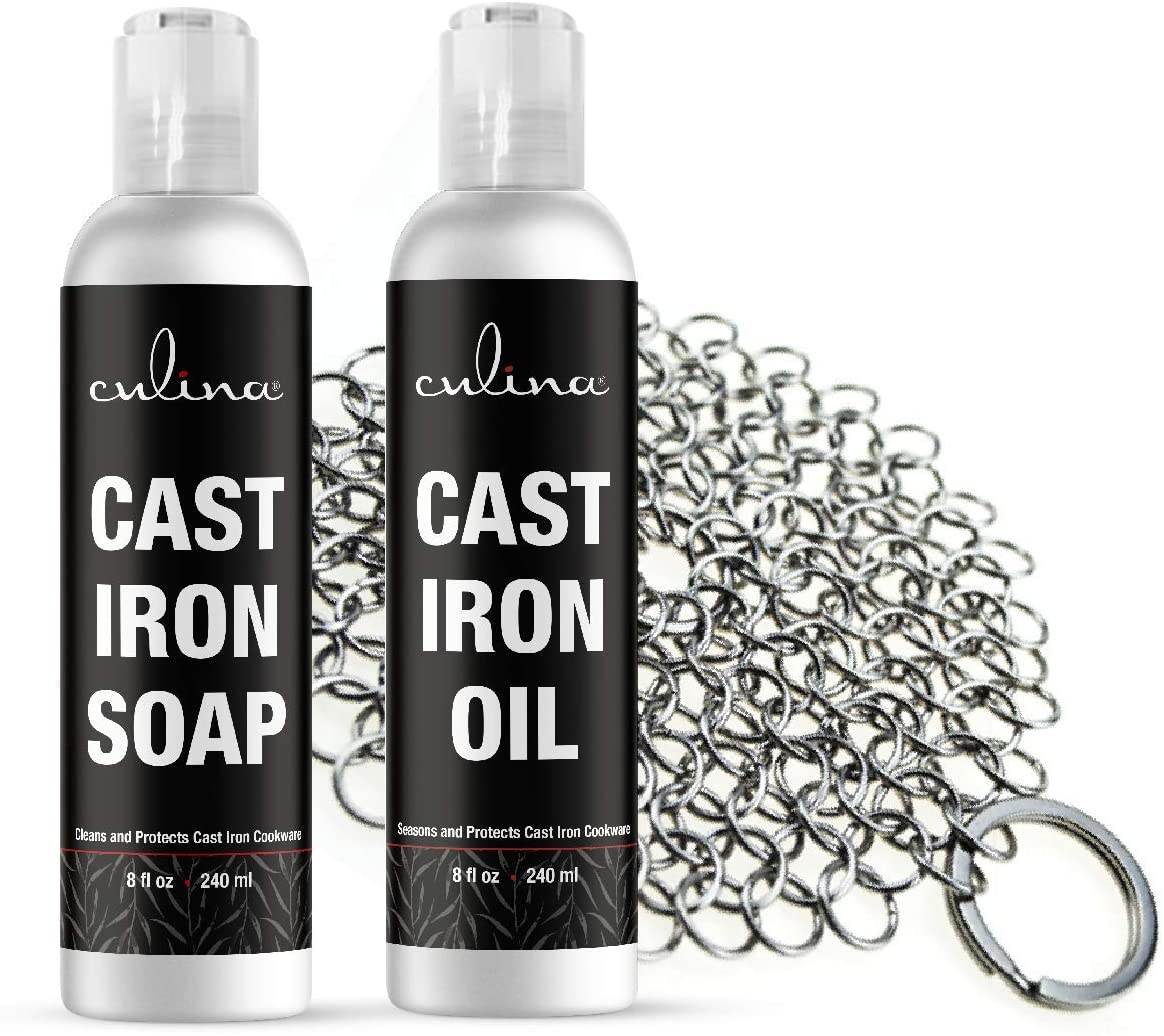The debate between Skillet Queso vs White Queso has captivated kitchen professionals and food enthusiasts alike. Whether you’re a seasoned chef or an amateur home cook, understanding the nuances of these delicious cheese dips can elevate your culinary repertoire.
Skillet Queso and White Queso are staples in Mexican cuisine, gracing the tables of family gatherings, parties, and restaurant menus. While they share a common base of melted cheese, their flavors, textures, and preparation methods set them apart. In this article, we’ll dive deep into the world of Skillet Queso and White Queso to help you determine which one reigns supreme.

What is Skillet Queso?
Origins and History
Skillet Queso traces its roots back to traditional Mexican cooking, where cheese is melted and blended with various ingredients to create a warm, savory dip. It gained popularity in the United States, especially in Tex-Mex cuisine, where it is often served as an appetizer or snack.
Ingredients and Preparation
The primary ingredients in Skillet Queso include processed cheese, ground beef, tomatoes, chili powder, and various spices. The mixture is cooked in a skillet until smooth and creamy, creating a hearty and flavorful dip. Some variations may include ingredients like black beans, onions, and jalapeos for added texture and spice.

What is White Queso?
Origins and History
White Queso also hails from Mexican cuisine, with a focus on a smoother, milder cheese dip. It is often found in authentic Mexican restaurants and is beloved for its creamy texture and subtle flavors. White Queso takes inspiration from traditional Mexican cheese-making techniques, utilizing white cheeses like queso blanco, Monterey Jack, or mozzarella.
Ingredients and Preparation
The ingredients in White Queso typically include white cheese, milk or cream, and optional add-ins like tomatoes, green chilies, and cilantro. The cheese is melted slowly, ensuring a smooth and velvety consistency. White Queso is often seasoned with garlic, onion, and cumin to enhance its delicate flavor profile.

Skillet Queso vs White Queso: Taste and Texture
Flavor Profile
Skillet Queso boasts a bold and robust flavor, with the richness of the cheese complemented by the savory ground beef and spices. It has a slightly chunky texture, making it hearty and satisfying. On the other hand, White Queso offers a milder, creamier taste with a smooth and velvety texture. Its subtle flavors allow the cheese to shine, making it a more delicate option.
Texture
Skillet Queso has a thicker, more substantial texture due to the inclusion of ground beef and other chunky ingredients. This makes it a filling dip that pairs well with sturdy tortilla chips or bread. White Queso, with its silky smooth consistency, is perfect for drizzling over nachos or vegetables, providing a lighter, more refined dipping experience.
Cooking Methods
Preparing Skillet Queso
To prepare Skillet Queso, you’ll need a sturdy cast iron skillet or heavy-bottomed pan. Brown the ground beef in the skillet, then add the processed cheese, tomatoes, and spices. Cook over medium heat, stirring frequently, until the cheese is fully melted and the mixture is well combined. Serve hot with tortilla chips or your favorite dipping accompaniments.
Preparing White Queso
For White Queso, start by melting the white cheese over low heat in a saucepan. Gradually add milk or cream, stirring until the mixture is smooth and creamy. Incorporate any additional ingredients, such as tomatoes or green chilies, and season with garlic, onion, and cumin. Continue to cook until all ingredients are well blended and the queso reaches your desired consistency. Serve warm with tortilla chips, nachos, or vegetables.
Pairing Suggestions
Skillet Queso Pairings
Skillet Queso pairs wonderfully with crunchy tortilla chips, crusty bread, or soft pretzels. It also makes a delicious topping for burgers, hot dogs, and baked potatoes. For a complete meal, consider serving it alongside beef or chicken tacos, fajitas, or enchiladas.
White Queso Pairings
White Queso is an excellent accompaniment to fresh vegetables, tortilla chips, or as a drizzle over nachos and tacos. It pairs well with seafood, such as shrimp tacos or fish burritos, and can also be used as a creamy sauce for pasta dishes or baked potatoes.
Nutritional Information
Skillet Queso Nutrition
Skillet Queso is typically higher in calories and fat due to the inclusion of ground beef and processed cheese. It can be quite filling, making it a hearty snack or appetizer. For a lighter version, consider using lean ground turkey or reducing the amount of cheese.
White Queso Nutrition
White Queso is generally lower in calories and fat compared to Skillet Queso, especially if made with lower-fat white cheeses. It offers a more delicate flavor, making it a lighter option for those looking to enjoy a cheese dip without the heaviness of Skillet Queso.
Recipe Variations
Skillet Queso Variations
There are numerous ways to customize Skillet Queso to suit your taste preferences. Try adding black beans, corn, or diced peppers for extra texture and flavor. For a spicier kick, incorporate jalapeos or a dash of hot sauce. You can also experiment with different cheeses, such as cheddar or pepper jack, to create a unique flavor profile.
White Queso Variations
White Queso is highly versatile and can be adapted to include a variety of ingredients. Add diced tomatoes, green chilies, or fresh herbs for a burst of flavor. For a smoky twist, try incorporating roasted poblano peppers. You can also use different white cheeses, such as Havarti or Gouda, to create a distinct taste.
Serving Tips
Skillet Queso Serving Tips
Serve Skillet Queso hot and bubbly, straight from the skillet, with plenty of tortilla chips or bread for dipping. Keep the dip warm by placing the skillet on a low heat setting or using a warming tray. For added presentation, top the queso with fresh cilantro, diced tomatoes, or sliced jalapeos.
White Queso Serving Tips
White Queso should be served warm and silky, with a bowl of fresh tortilla chips or an assortment of vegetables. To keep the queso smooth, stir regularly and avoid overheating. Garnish with chopped cilantro, diced tomatoes, or a sprinkle of paprika for a pop of color and flavor.
Common Mistakes to Avoid
Skillet Queso Mistakes
Avoid overheating the cheese, as it can cause the dip to become greasy and separate. Cook the queso over medium heat and stir frequently to ensure a smooth, creamy consistency. Additionally, be careful not to over-season the dip, as the processed cheese and ground beef already provide a significant amount of flavor.
White Queso Mistakes
When making White Queso, be sure to melt the cheese slowly over low heat to prevent burning and ensure a smooth texture. Avoid adding too much liquid, as this can result in a runny consistency. Start with a small amount of milk or cream and gradually add more as needed to achieve the desired texture.
Final Thoughts
Both Skillet Queso and White Queso offer unique and delicious experiences, making them wonderful additions to any culinary lineup. Skillet Queso provides a hearty, robust flavor perfect for satisfying appetizers, while White Queso delivers a delicate, creamy taste that pairs well with a variety of dishes.
Whether you prefer the boldness of Skillet Queso or the subtlety of White Queso, these cheese dips are sure to delight your taste buds. Experiment with different ingredients and techniques to create your own signature queso recipe, and enjoy the versatility and deliciousness that both of these dips have to offer.
Frequently Asked Questions (FAQs)
How can I make my queso spicier?
To add more heat to your queso, consider incorporating diced jalapeos, a splash of hot sauce, or a pinch of cayenne pepper. Adjust the spice level to your taste preferences and enjoy the extra kick.
Can I make queso ahead of time?
Yes, you can prepare queso in advance and reheat it when ready to serve. Store it in an airtight container in the refrigerator, and gently reheat over low heat, stirring frequently to maintain a smooth consistency.
What can I use leftover queso for?
Leftover queso can be used as a topping for baked potatoes, burgers, or nachos. It also makes a delicious addition to tacos, enchiladas, or as a creamy sauce for pasta dishes.
For more tips on cleaning cast iron skillets, visit Taste of Home.
As an Amazon Associate, I earn from qualifying purchases.
